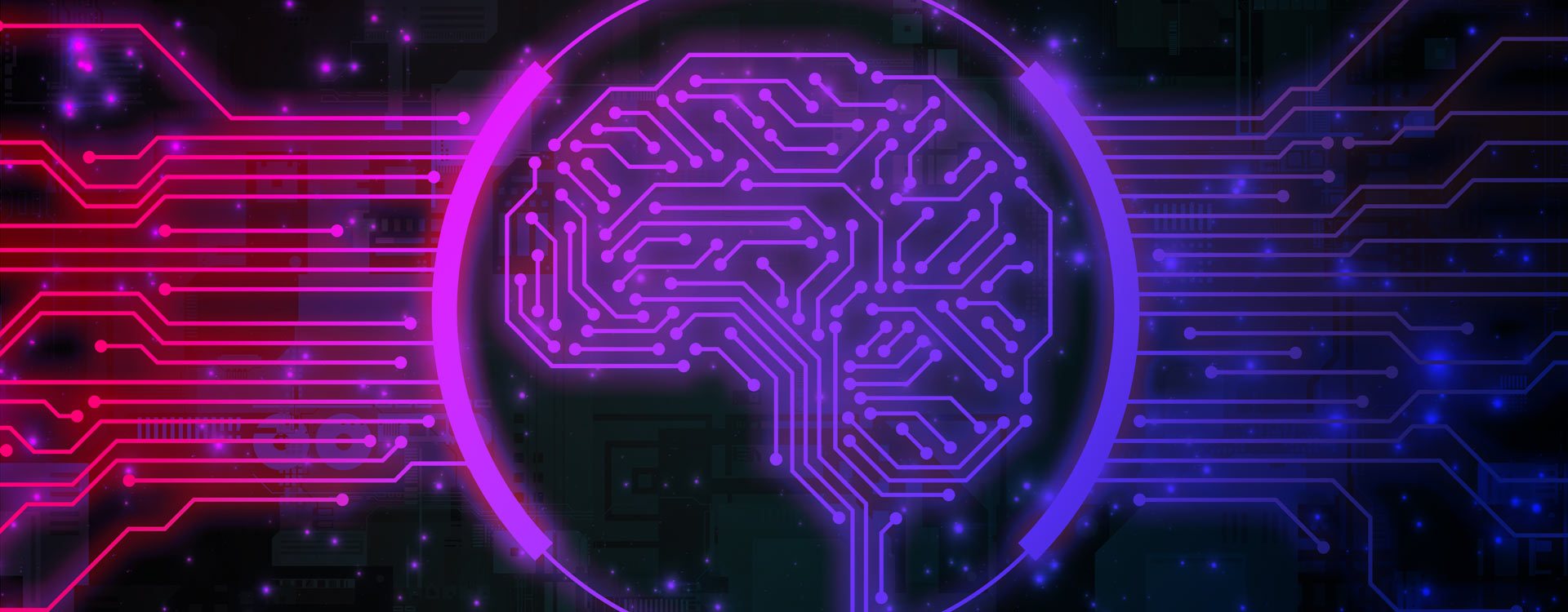Artificial intelligence (AI) has worked its way into our everyday lives – almost without most of us realising it. From car navigation apps to automated customer service systems, it is redefining what is possible. AI models are now even being used to try to develop new mathematical methods.
But what does the term AI actually mean? And what about all the other related terms we keep hearing – things like machine learning, data science, deep learning and reinforcement learning? It’s time to take a closer look – and, more importantly, what it could mean for industry.
In a nutshell, AI leverages computers and machines to mimic the problem-solving and decision-making capabilities of the human mind.
There are two different types – weak AI and strong AI.
Weak AI – also called narrow AI or artificial narrow intelligence – is AI trained to perform specific tasks. It’s this kind of AI activity that surrounds us today – in the form of Amazon’s Alexa, for example, and autonomous vehicle development.
Strong AI is also known as artificial general intelligence (AGI). AGI is a theoretical form of AI where a machine would have an intelligence equal to humans. It would have the ability to solve problems across multiple domains, learn and plan for the future – potentially giving it the ability to surpass human intelligence.
There are two major sub-fields in AI: symbolic systems and machine learning. Symbolic systems were the predominant field from the very early days of AI in the 1950s until the 1990s. One of the best known examples in industry are expert systems, which are designed to solve problems through hard coded if-then rules. Whilst symbolic systems have had some limited successes, they have fallen short of making significant breakthroughs in business and industrial applications.
Machine learning, the other major sub-field of AI, only came to prominence in the last 10-15 years with the exponential increase in data, computer memory and computational power. Since then, it has dominated AI applications and enabled major new business and industrial capabilities.
Machine learning algorithms are able to learn and improve over time.
Deep learning is a sub-field of machine learning.
The difference between them is in how each algorithm learns. Machine learning is more dependent on human intervention – it relies on humans to determine the set of features that distinguish between different categories of data. Deep learning, on the other hand, can do this automatically, so it can use unstructured data in its raw form – text or images, for example.
Reinforcement learning is an approach to machine learning in which software agents learn goal-oriented behaviour by trial and error in an environment that provides rewards or penalties in response to their actions towards achieving their goal.
Data science, on the other hand, is a broad field that combines maths and statistics, specialised programming, advanced analytics and specific subject matter expertise to uncover actionable insights hidden in an organisation’s data. Unlocking these insights can yield valuable business benefits through data-driven decision making.
Business applications and benefits
Some of the most common AI applications already becoming a core part of business operations include anomaly detection, pattern recognition, predictive modelling, recommendation engines, sentiment analysis and conversational systems.
Anomaly detection, for example, is increasingly being used by financial services firms to detect fraudulent spending behaviour. And pattern recognition is being used in risk management and the diagnosis of medical conditions. The first chatbots appeared decades ago, but only took off with the boom in machine learning – they can now be found everywhere from phones and websites to cars – engaging in both text- and voice-based interactions with people to find information and help process transactions.
Recommendation engines are enabling online retailers to make relevant product recommendations to customers, using past consumption data to discover data trends. And sentiment analysis – using AI to identify feelings and emotions expressed in words – is helping the hospitality industry to extract the semantic aspects of each hotel or restaurant review to address problems or provide more tailored recommendations to customers.
But what particularly interests us here at Carbon Re is predictive modelling – in particular, using AI to analyse a company’s manufacturing data and achieve operational efficiencies to radically reduce carbon emissions and energy costs. Our Carbon Re platform, powered by advanced machine learning and AI, can reduce fuel costs and emissions in cement production by 10%.
The platform uses sensor data to create a digital twin of a specific plant’s process. The software then analyses feed rates, sensor data and control parameters to provide clear set-point recommendations to operators to optimise the amount of fuel use, reducing both cost and CO2.
It has been designed as a human-in-the-loop solution, so the plant operator maintains control over production processes. The Carbon Re dashboard is designed to simplify the complex operating environment and augment human expertise by recommending settings such as kiln feed rate (tonnes/hour), fan speed (rpm) and pre-calciner (PC) temperature (°C). The Carbon Re platform is a low-frequency system, focusing on getting the kiln to operate stably at a higher level of efficiencies by adjusting operational settings every few hours, rather than stabilising the kiln at low efficiencies through continuous adjustments.
Carbon Re is the product of pioneering research in industrial process improvement and the application of AI in energy systems from Cambridge University and University College London. Our goal is to bring the most advanced techniques in machine learning and AI to the cement industry, empowering the industry to move beyond expert systems and other outdated technologies.

